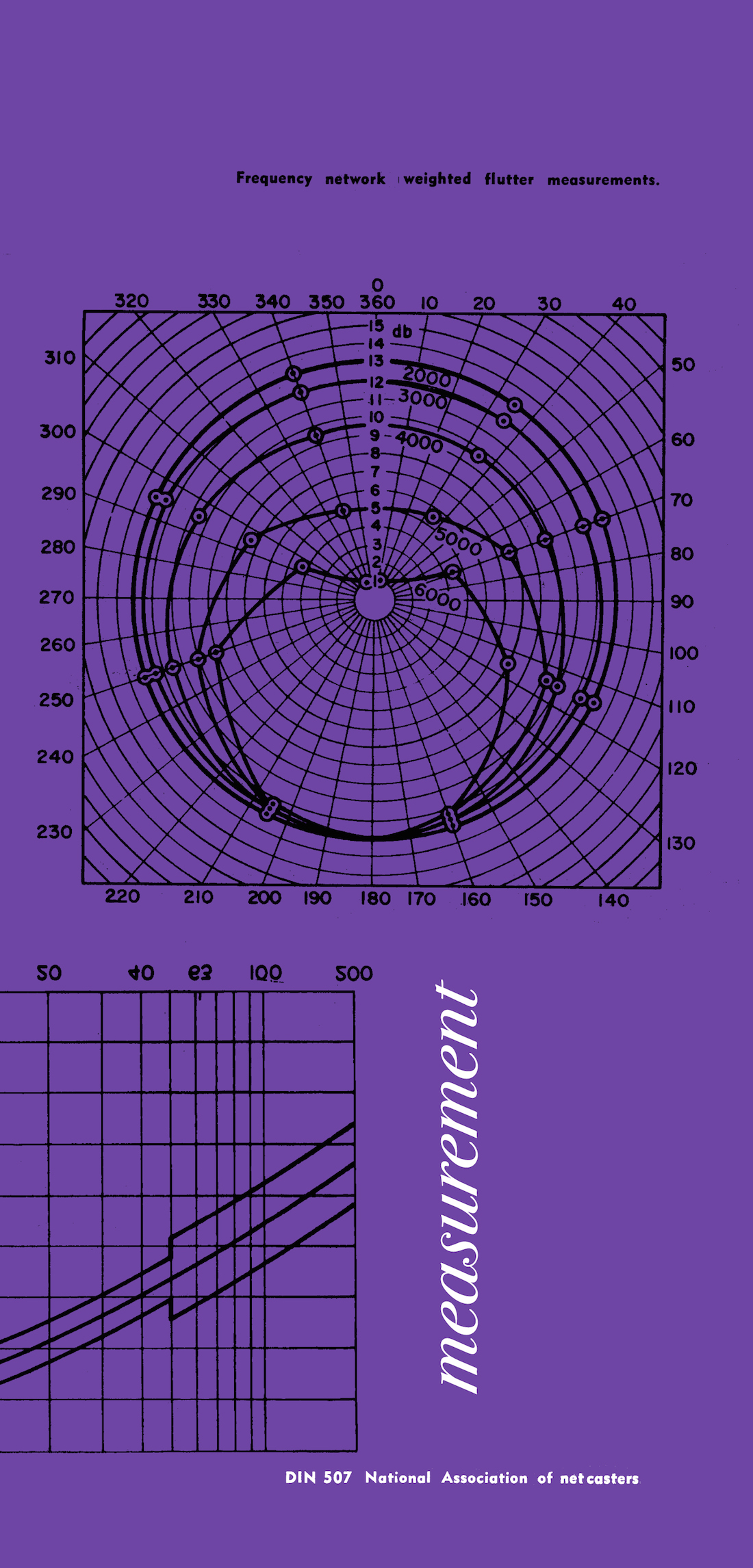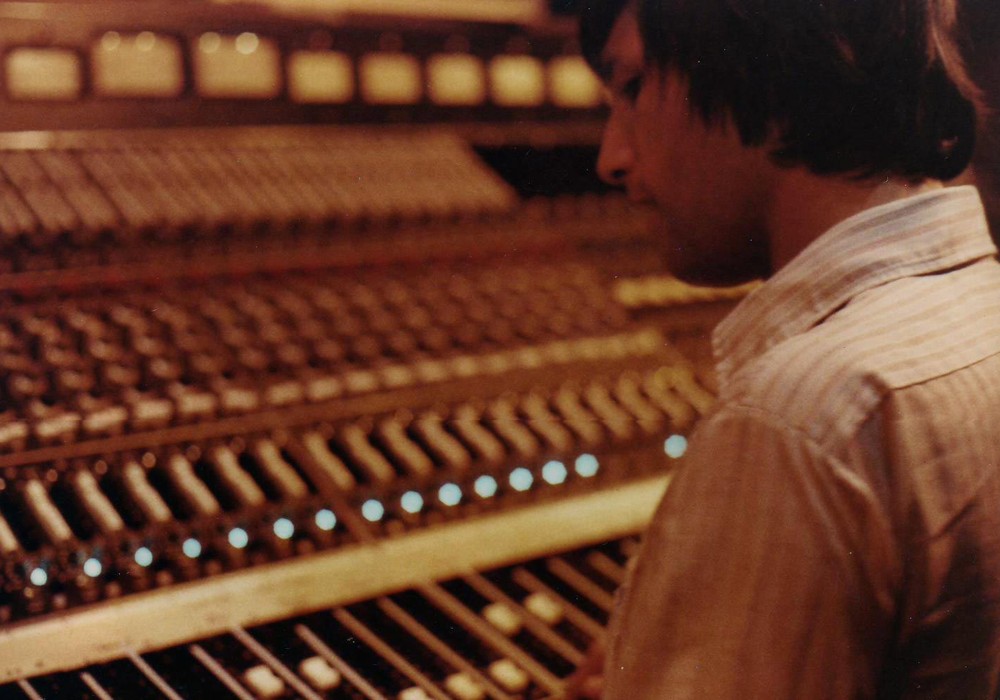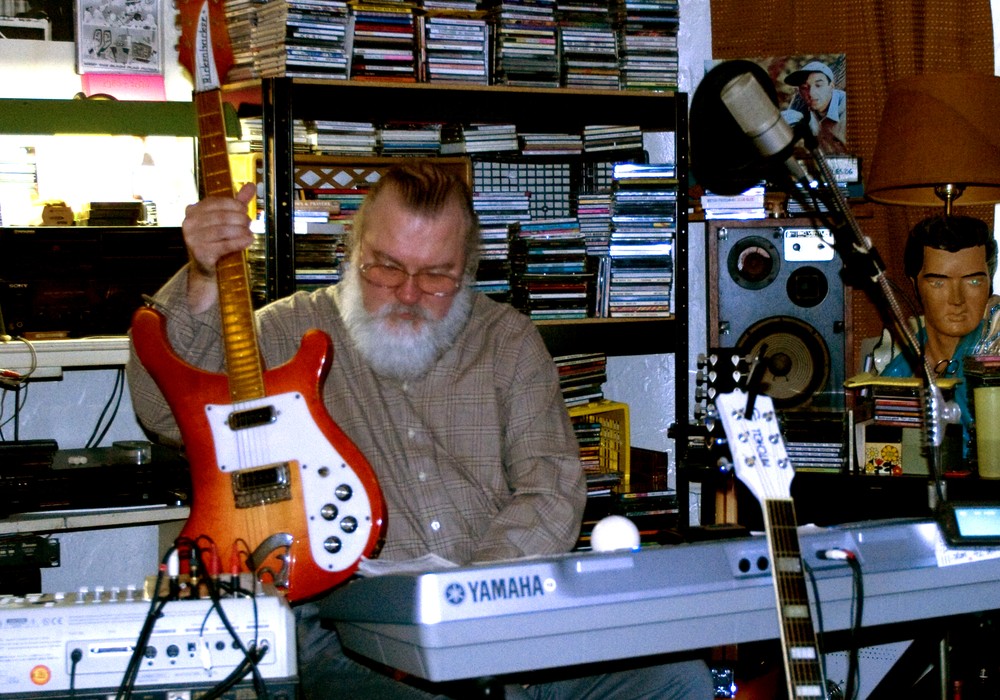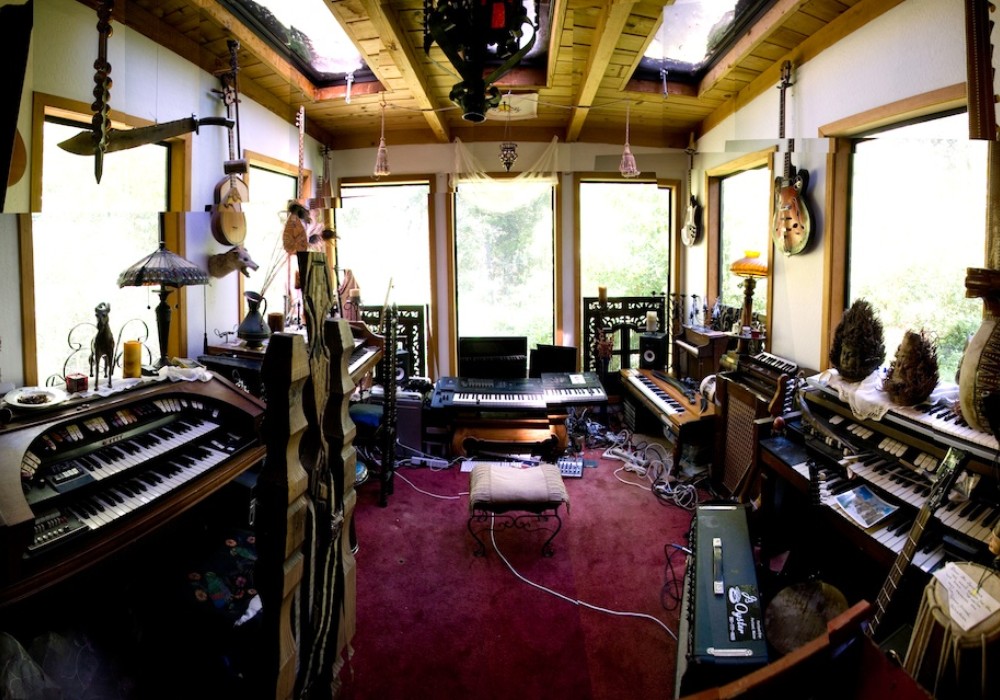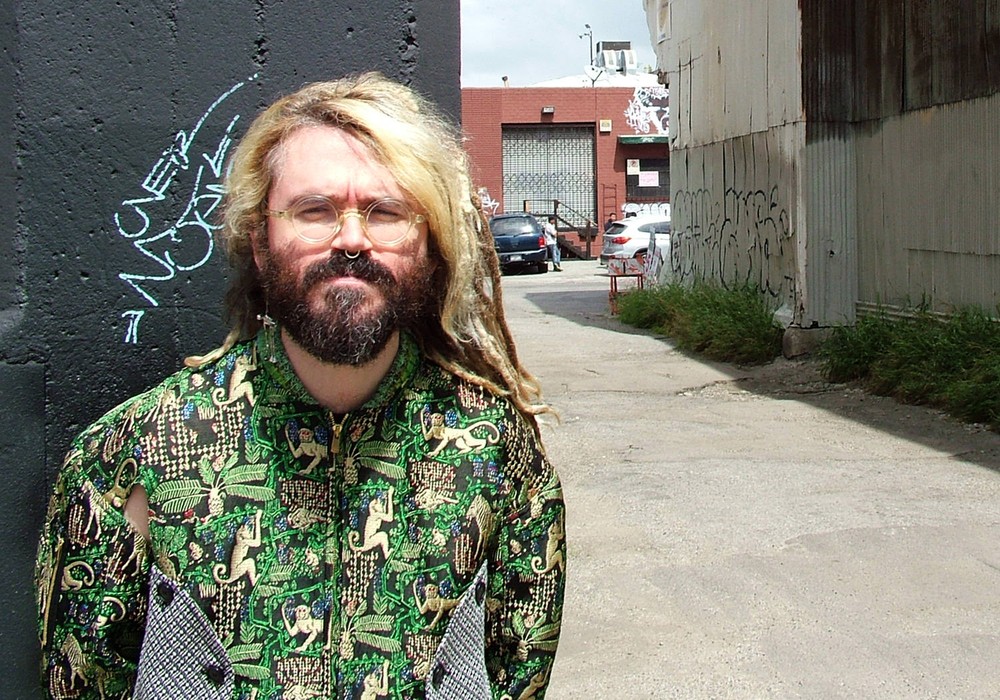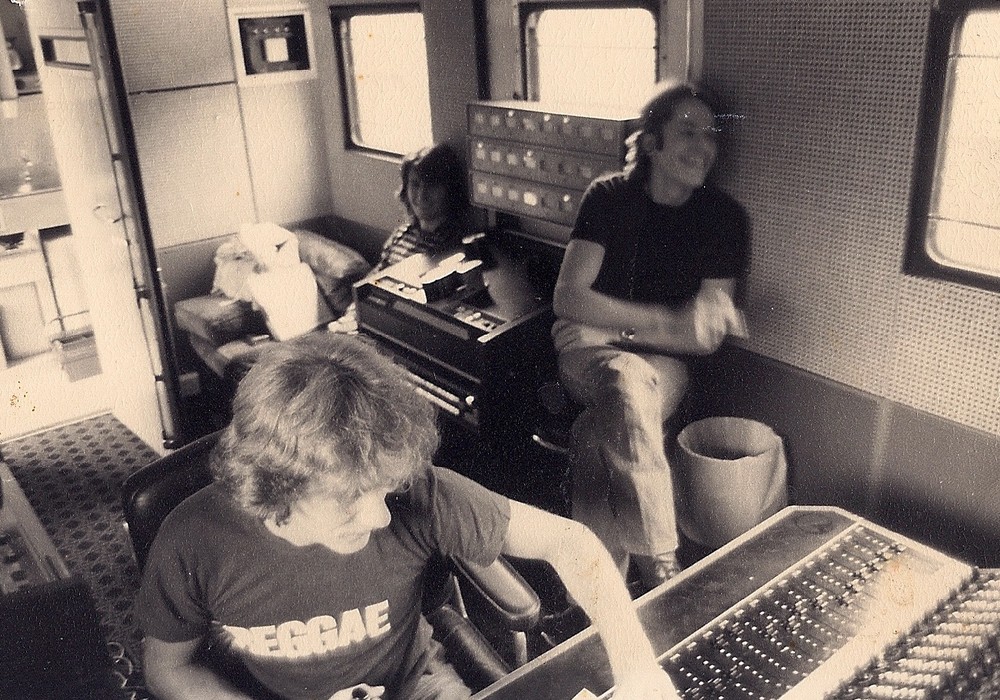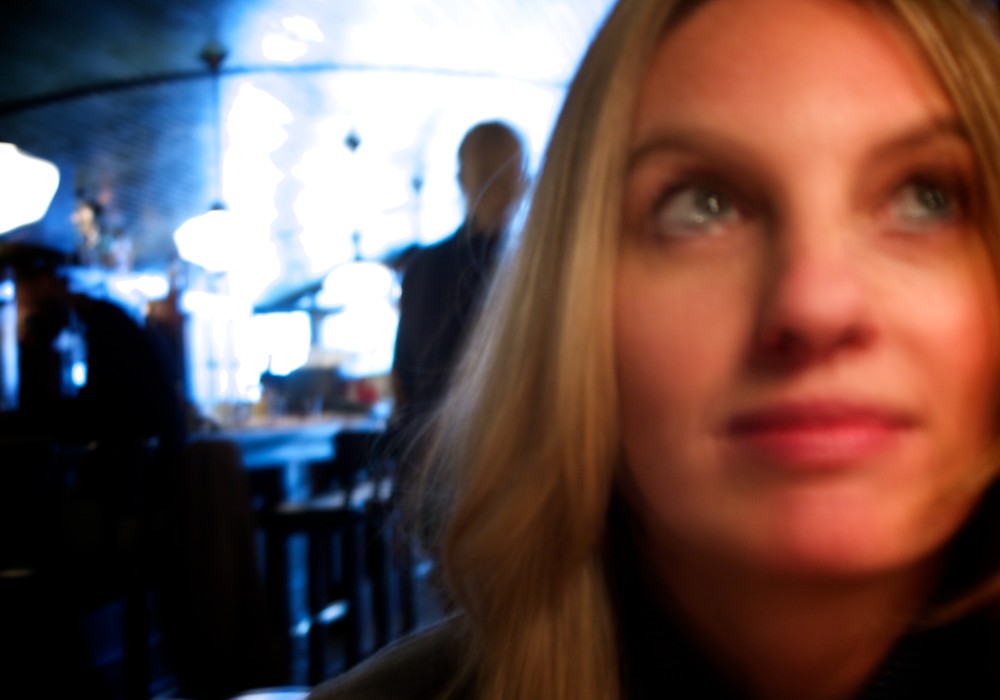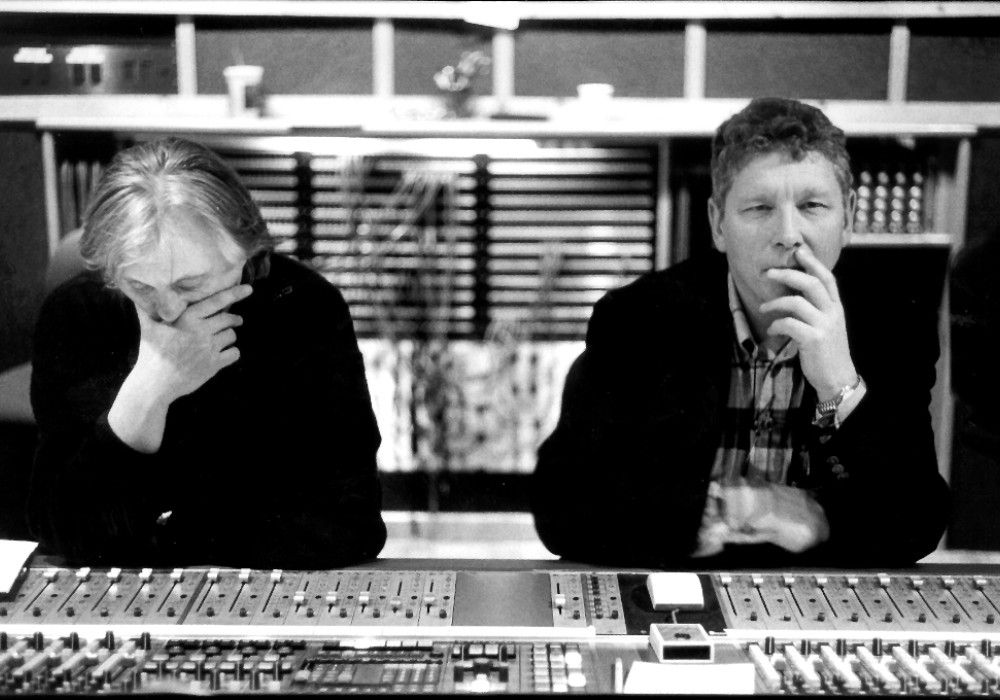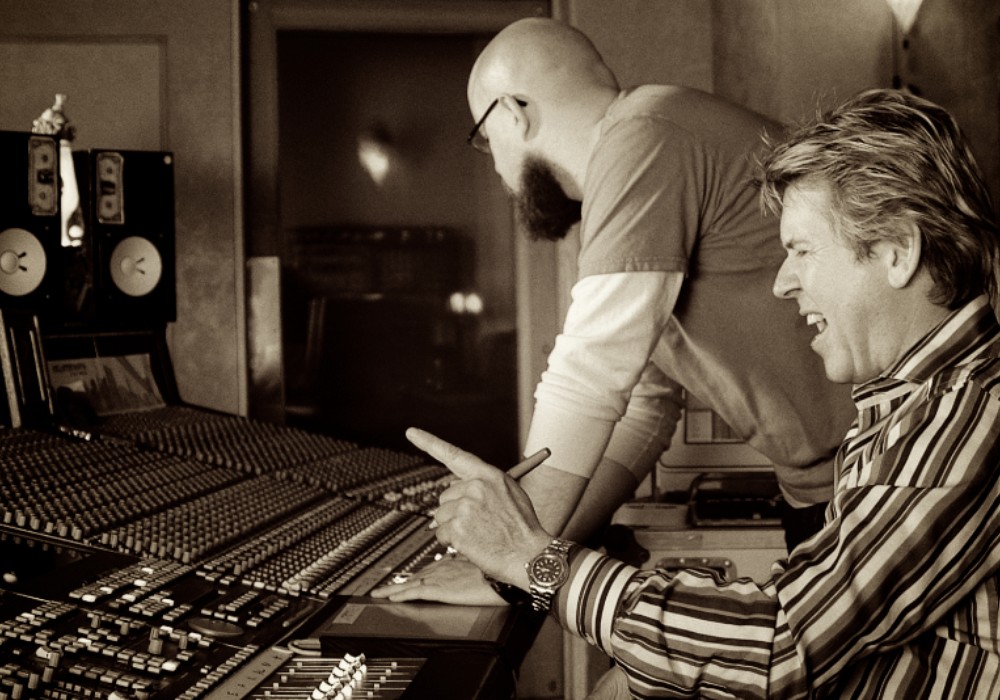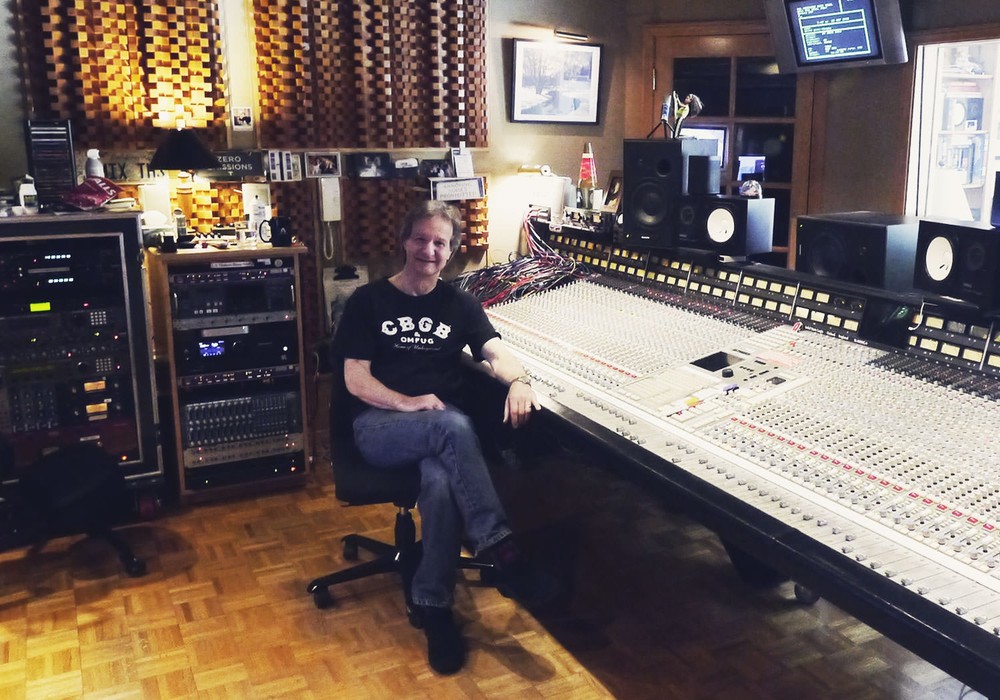Ocean Way Recording began in a garage in Santa Monica, California, in 1968, as a place to showcase owner Allen Side's custom monitors. From these humble beginnings the empire expanded to include partnering with Bill Putnam and acquiring his United Recording Studio in Hollywood, and building state of the art recording facilities in Nashville, St. Barths, and nearby Sherman Oaks. The Ocean Way "brand" also includes Allen's high-end (and excellent sounding) monitors, a unique and affordable microphone, excellent UAD plug-ins, drum samples, and even an iPad/iPhone app. Allen is also well known for being a meticulous engineer/producer, having worked with such artists as Phil Collins, Green Day, Eric Clapton, Faith Hill, Wynonna Judd, Beck, Mary J. Blige, Ry Cooder, Joni Mitchell, Frank Sinatra, Ray Charles, John Williams, Jerry Goldsmith, André Previn, Michael Jackson, and Frank Zappa. He's also well known for leading the charge on reclaiming classic tube mics and gear that was being abandoned in the '80s; he has probably listened to, and evaluated, more microphones than most of us ever will. Not long ago Allen sold Ocean Way Recording in Hollywood, where we met for this interview, and it has now reverted back to the original United Recording name.
How many studios did you own a few years back?
At the peak of it, I had a lot of studios. I had what was Cello Studios and is now EastWest. I had the United and Western studios as one complex; we had nine rooms there. Then we had Record One, which had two rooms. We also had Ocean Way in Nashville, which had three rooms, and then Ocean Way St. Barths in the Carribean, which is one very nice room. That was the peak.
What years were those?
I sold off the Western building maybe 12 years ago. I wanted to keep my A and B — Bill Putnam's original classic rooms — intact. That was most important to me, so I kept all the United rooms, Record One, and St. Barths, of course. Ocean Way Nashville was a pretty fabulous place. It's three rooms, about 22,000 square feet. It was an 1850s, pre-Civil War, gray stone church and rectory building. We tied the buildings together with glass corridors and made a big tracking room, which has four huge isos with skylights and windows. You can track an 80-piece orchestra in that room. The other room is a big tracking room, and there's another big room downstairs. On the third floor there's a fantastic roof garden with a nice lounge. It was very successful, and then Mike Curb, one of our good clients, was about to do a big donation to Belmont University to build a new recording center. We were two blocks from the campus. There's never been a studio attached to a university like that, especially with that kind of equipment. We ended up making a deal with them. My staff stayed in place and stayed involved. It was a partnership between the university and myself to continue Ocean Way the same way that it was when I was there. I work there fairly regularly, and my speakers are still there.
So it still runs as a commercial studio, but there are also students working there?
Yeah. Occasionally it's more of a commercial studio, and if there's dead air time, the students can use the place. Because it's so gorgeous, there are a lot of musical events done there. With Ocean Way in Hollywood, I made the decision about a year and a half ago to get rid of the main room there. Our focus is manufacturing high-end speakers and selling them all over the world. We do microphones and sample libraries. We're involved with the UAD Ocean Way Studios [room modeling] plug-ins. We still do studios "to go." For years we've done studios in houses for Rick Rubin. We'd set up a house in Laurel Canyon with discrete Neve consoles. We'd acoustically treat each room so that it sounded good. We still do that. We've done these in Switzerland, and all over the world.
Do you have a huge warehouse or something?
We have a big warehouse. I still have probably one of the largest mic collections in the world. I only collect things if I love the way they sound. I don't collect things because they're rare or esoteric. If they don't do something for me sonically, I'm really not interested.
You started all this by building speakers in your garage?
The music business as we know it has changed. I probably recorded 30 to 50 albums out of my garage studio. The music business then was just ripping. We built the original studio as a demo room for my loudspeakers — I didn't really build it with the premise of being a studio to record music. I needed impressive sounding material to play on my speakers. I needed music that sounded dramatic. Only a handful of recordings sounded like that. At that point, I had been doing recording for five or six years. My first studio was under [Santa Monica's] Pacific Ocean Park amusement park, and I opened that up in 1968. Then I started building the garage around '71 and opened it up in '72.
How big was this garage?
It was a three and a half car garage with beam ceilings. It was a very nice garage. That was out...
